Golloria George Exposes Which Beauty Brands Actually Care About Inclusivity
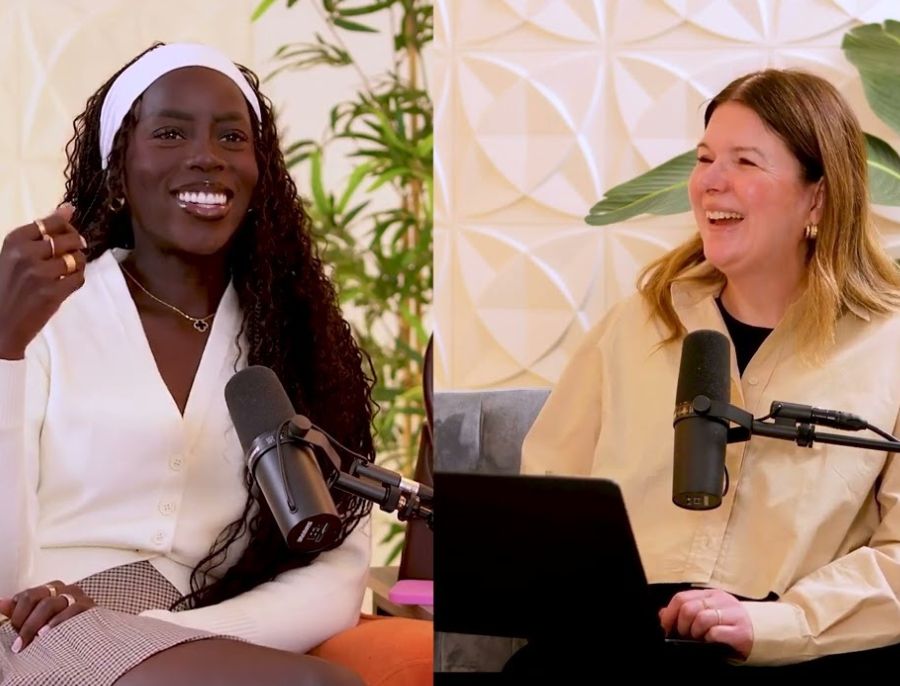
Anyone who frequents BeautyTok has encountered Golloria George. Known for her viral “Darkest Shade” series, Golloria has become the beauty world’s newest truth-teller, swatching her way through products that, for too long, have excluded women who look like her. But her influence goes way beyond TikTok trends.
Golloria George Exposes Which Beauty Brands Actually Care About Inclusivity
The Youthforia foundation fiasco
Let’s rewind to the Youthforia Foundation controversy of 2024. In a now-notorious viral video, Golloria dubbed one of their foundation shades “tar in a bottle.” That wasn’t an exaggeration. Youthforia’s so-called darkest shade resembled black face paint with zero undertones. TIME Magazine called it out for perpetuating colorism and offering “an offensive caricature of what brands think dark skin looks like.” The initial “Date Night Skin Tint” launch in 2023 missed the mark entirely—then they came back with this?
“I was just like, get back in the lab,” Golloria said on Breaking Beauty. “You can miss the mark one time, but to miss the mark the second time and to come out with a jet black foundation? It says a lot about the ethics and the ethos of the brand.” Even worse and more telling was the silence. Youthforia waited nearly six months before contacting her after the video exploded online.
Catalyzing industry change
But Golloria didn’t just call it out and move on. Her critique sparked a reckoning—and it’s reverberating across the beauty world. As the hosts of Breaking Beauty put it: “Her voice has become so powerful… she can single-handedly make or break a beauty brand in 2025.”
And the brands are listening.
Some, like Rhode (Hailey Bieber’s brand), got the memo and came correct. “She literally was just like, this is work, and I don’t want you to feel like this is work that you’re doing for free,” Golloria said of Hailey. “She was like, ‘I’ll pay you. And I’ll make sure every other consultant I bring on that is on the dark range, I’ll pay them too.’”
The brands still missing the mark
Others, like Anastasia Beverly Hills, continue to fall short. Golloria didn’t hold back: “Her products do not work for—I don’t even want to say dark skin—but Black skin. She’s missing the mark on a lot of aspects… You’ve been doing it for so long. You just don’t wanna be inclusive.”
Golloria is creating a future where Black women are front and center in product development—where diversity isn’t a marketing strategy it’s the bare minimum.
And it goes beyond foundation. “If you are not willing to be tone inclusive—and not just in your foundation, but in your blushes, lip products, lip liners—then you’re just not a brand I want to work with,” she said.
She’s also fiercely protective of her mental health, taking a break from social media after the blowback from calling out YSL’s blushes. “Me taking my break was a beautiful form of resistance,” she shared. “I’m not a dog. I’m very human. And I’m not here to fight battles that aren’t mine.”
What you can do to keep brands accountable
So, how can we, as consumers, help push the beauty industry forward?
1. Check the shade range—then check yourself.
If your favorite brand has 40 shades of beige and two token “deep” options, that’s not inclusivity—it’s performative. Golloria said it best: “There has to be more research done on dark skin.” Don’t let brands off the hook for lazy shade ranges.
2. Follow Black creators.
Golloria’s point is crystal clear: “The reason why people are like, ‘We’re not seeing it shake in New York,’ is because you’re not watching Black creators. Because Black people are the blueprints.” Diversify your feed, amplify those voices, and stop letting the algorithm dictate whose opinions matter.
3. Speak with your dollars.
“If I say a product doesn’t work, I promise you Black women are not gonna go buy that product,” she said. That’s the power of the Black dollar. Let brands know your standards aren’t up for debate.
4. Ask more from brands—then expect receipts.
Representation isn’t just a campaign photo. It’s the shade range, the chemist, the consultant, the product development team. Demand transparency, and when they screw up, look for accountability and action. “I don’t care if you blacklist me,” Golloria said. “The principle is that tone inclusion is the bare minimum.”




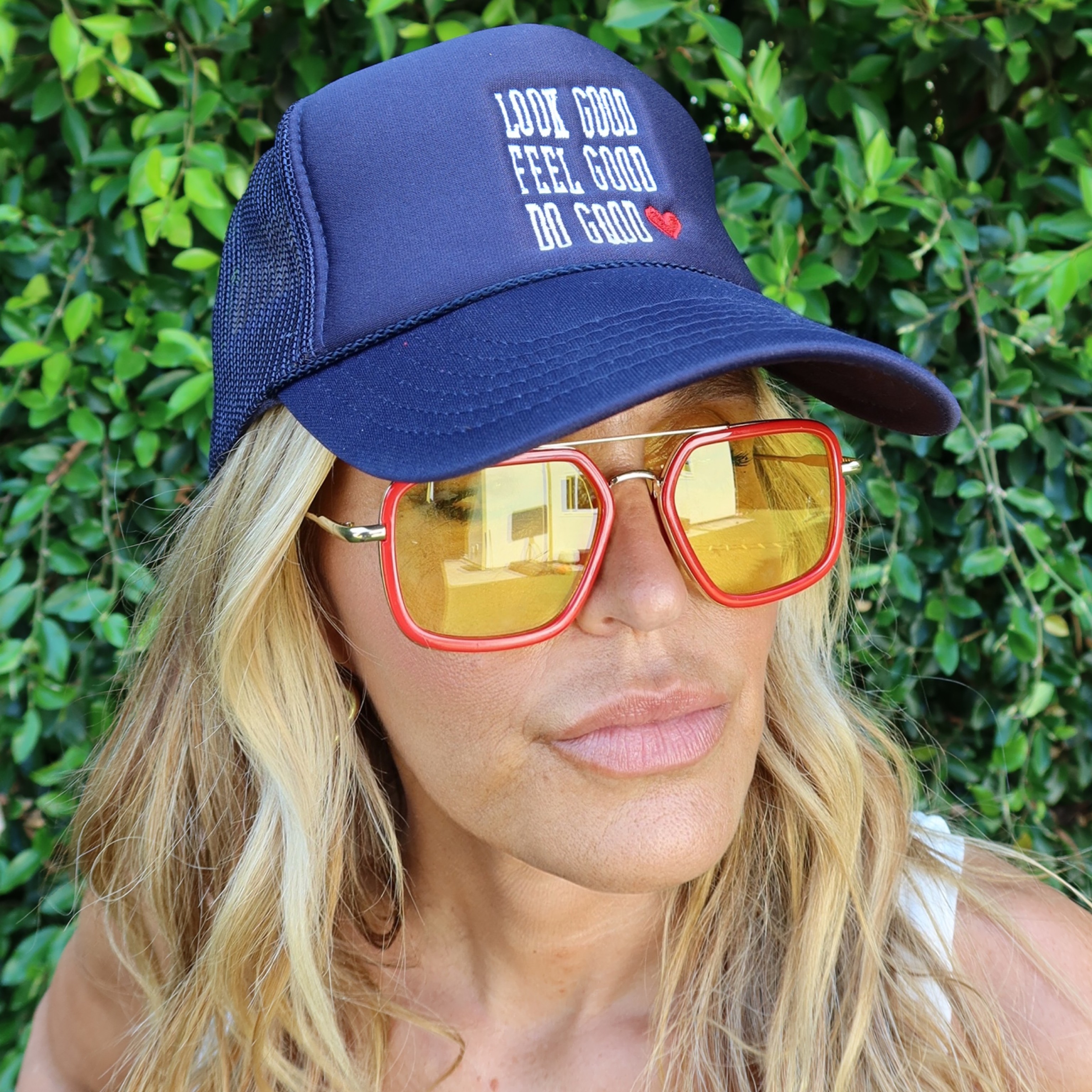

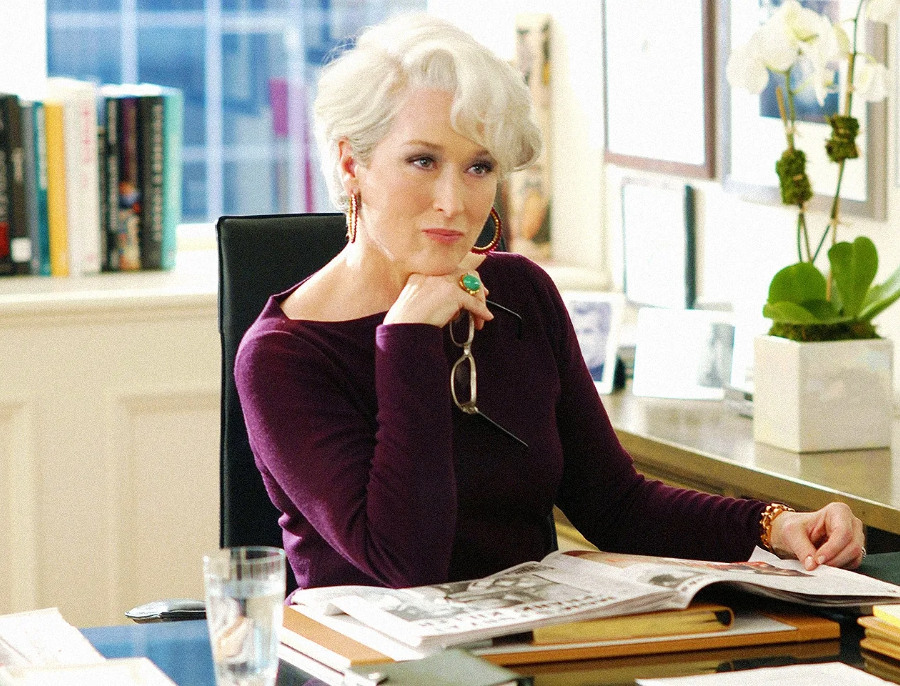
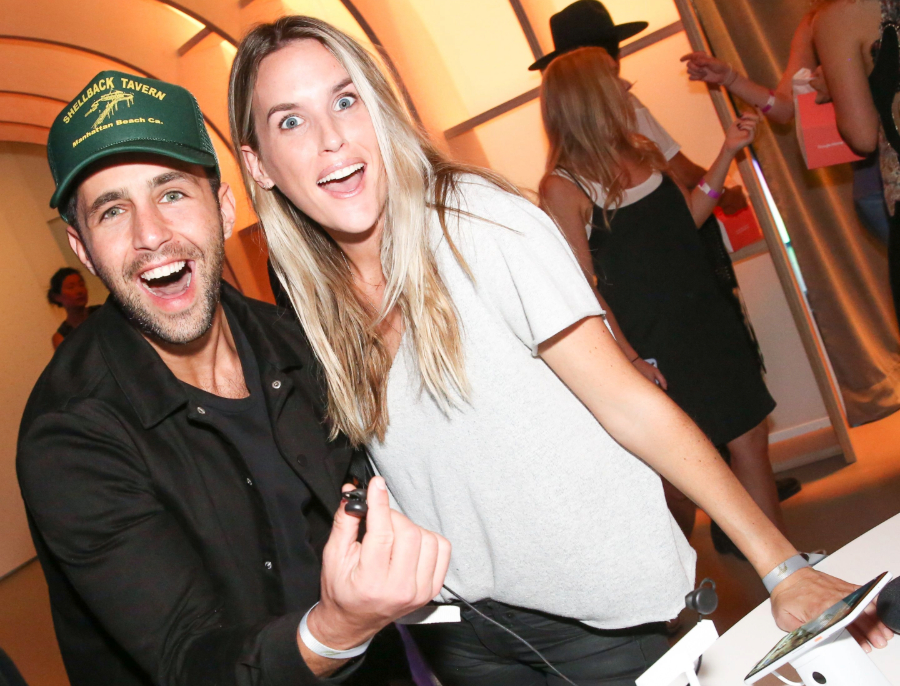

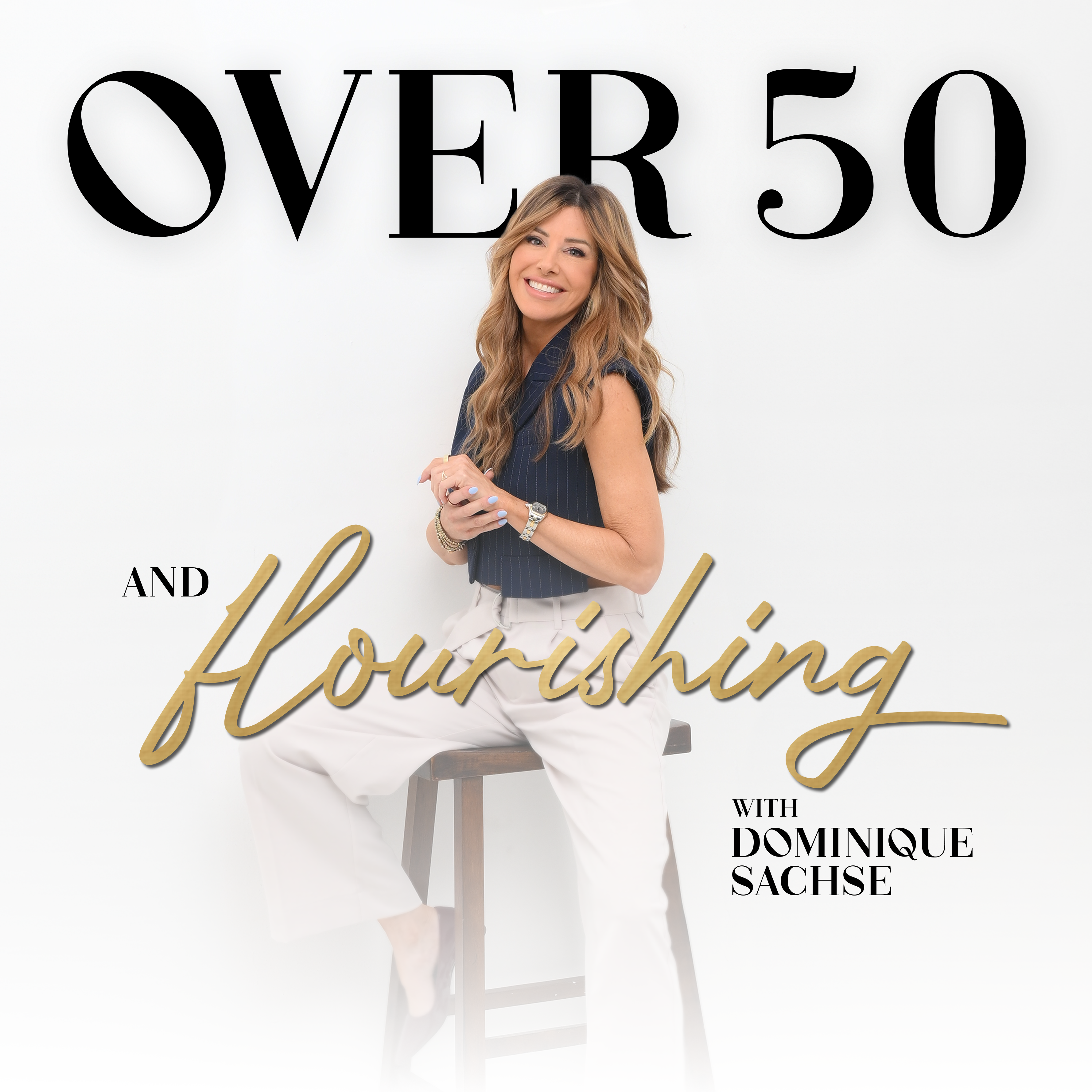
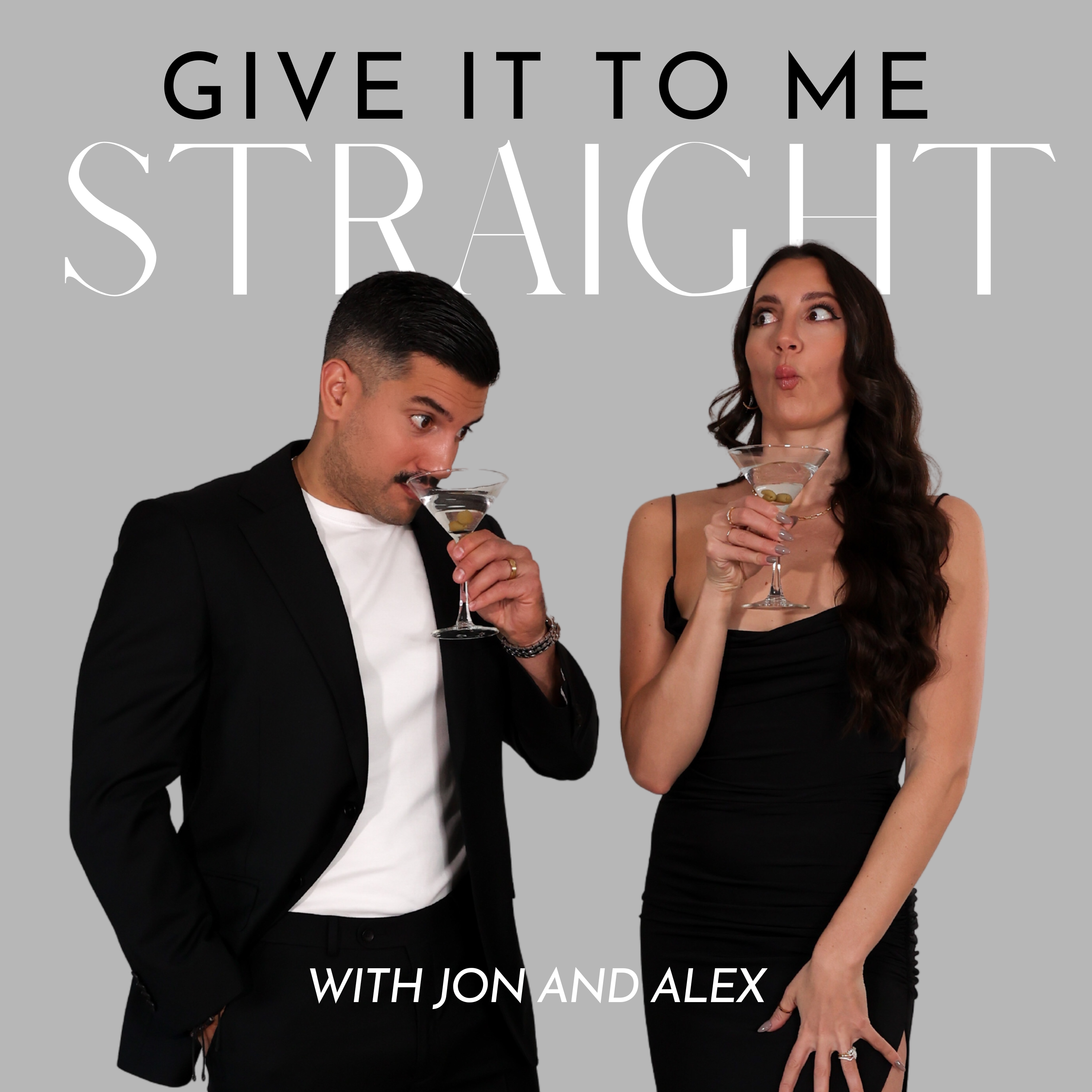
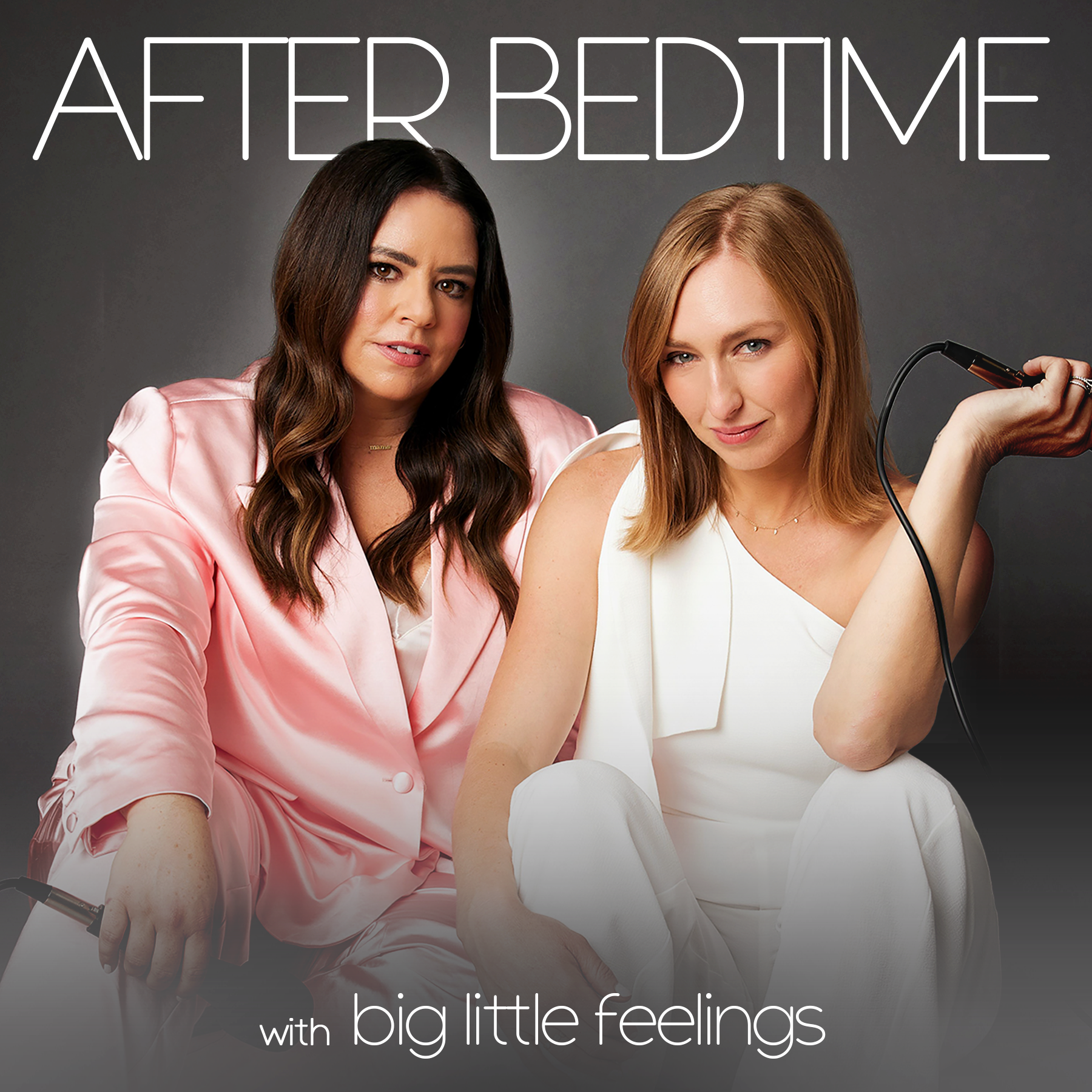
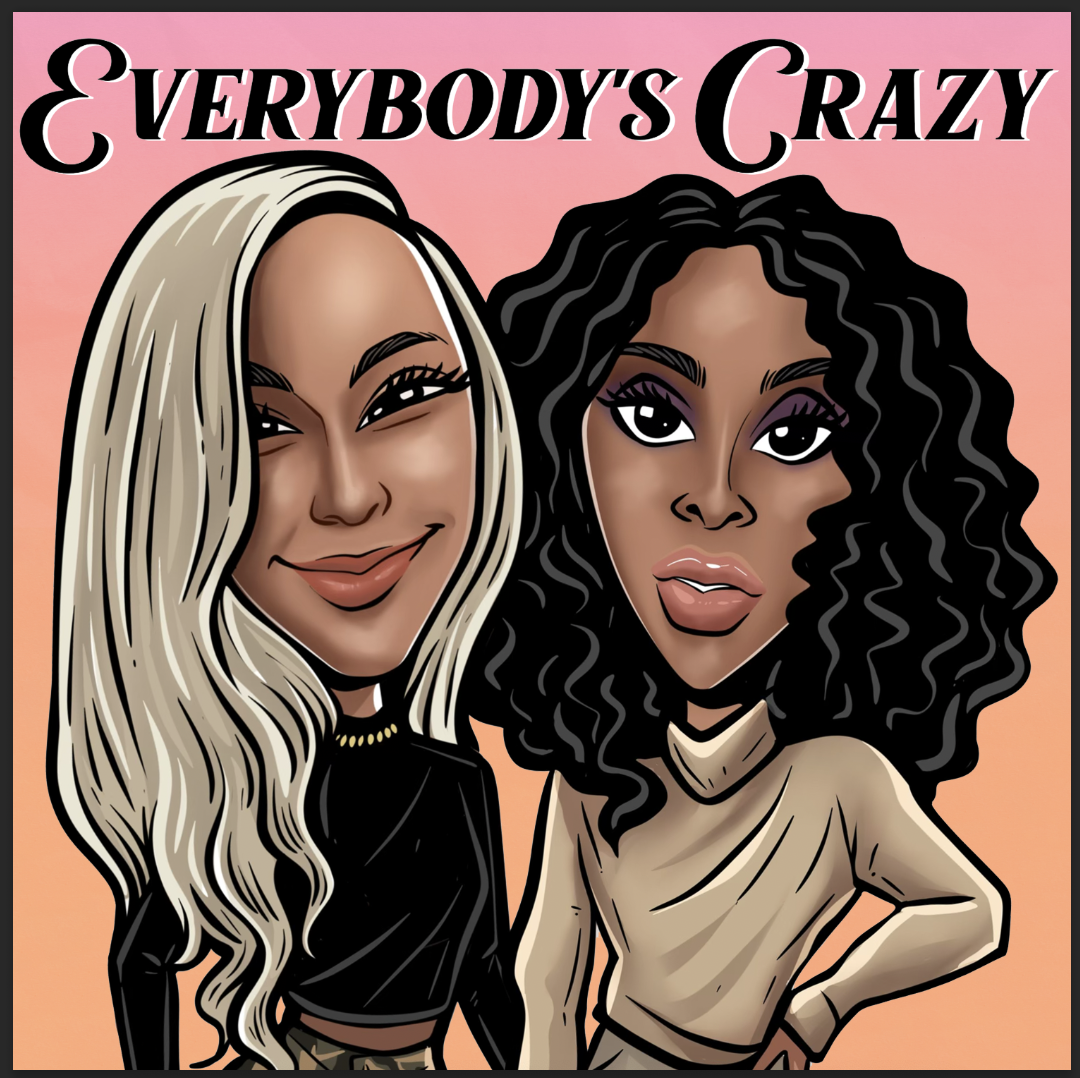
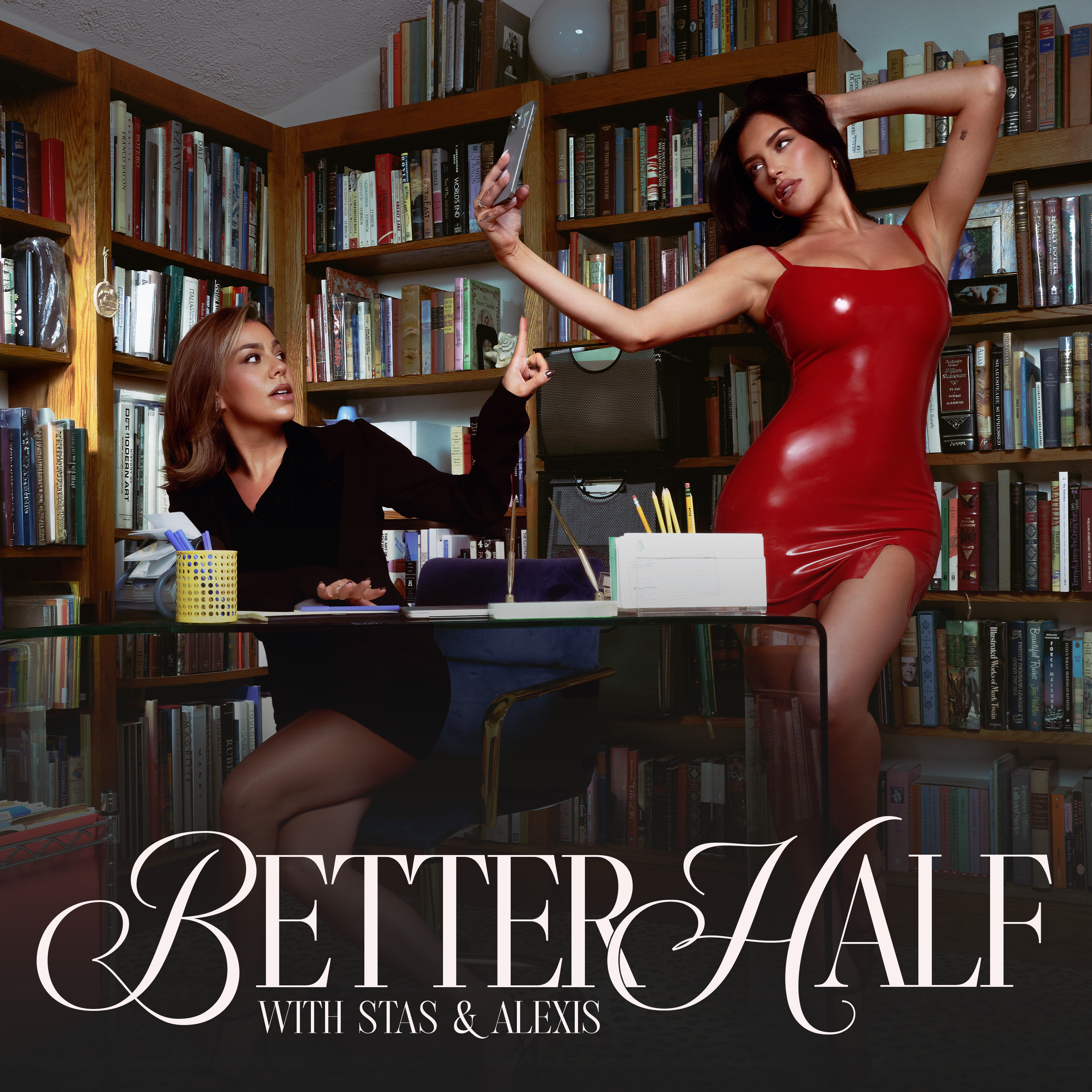
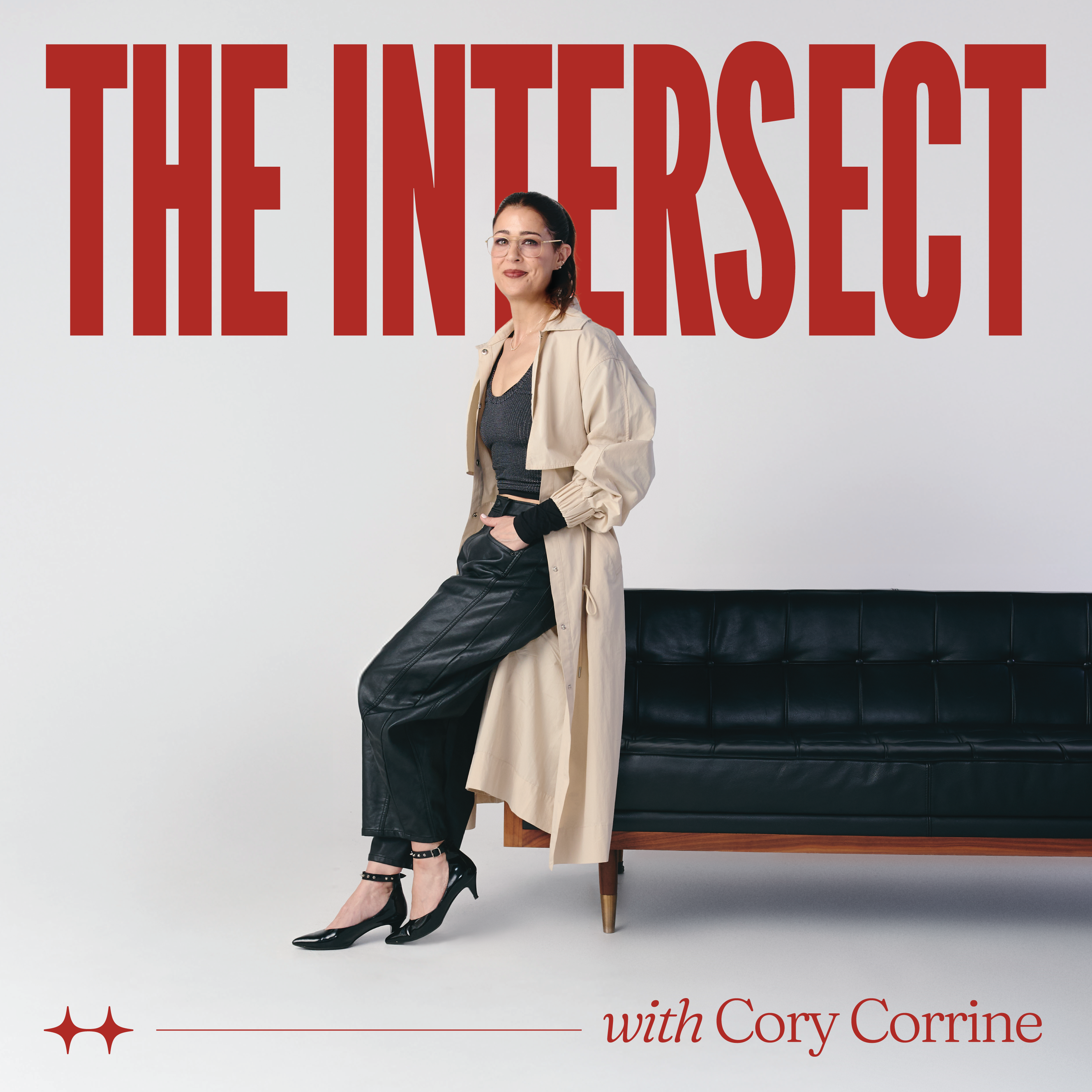
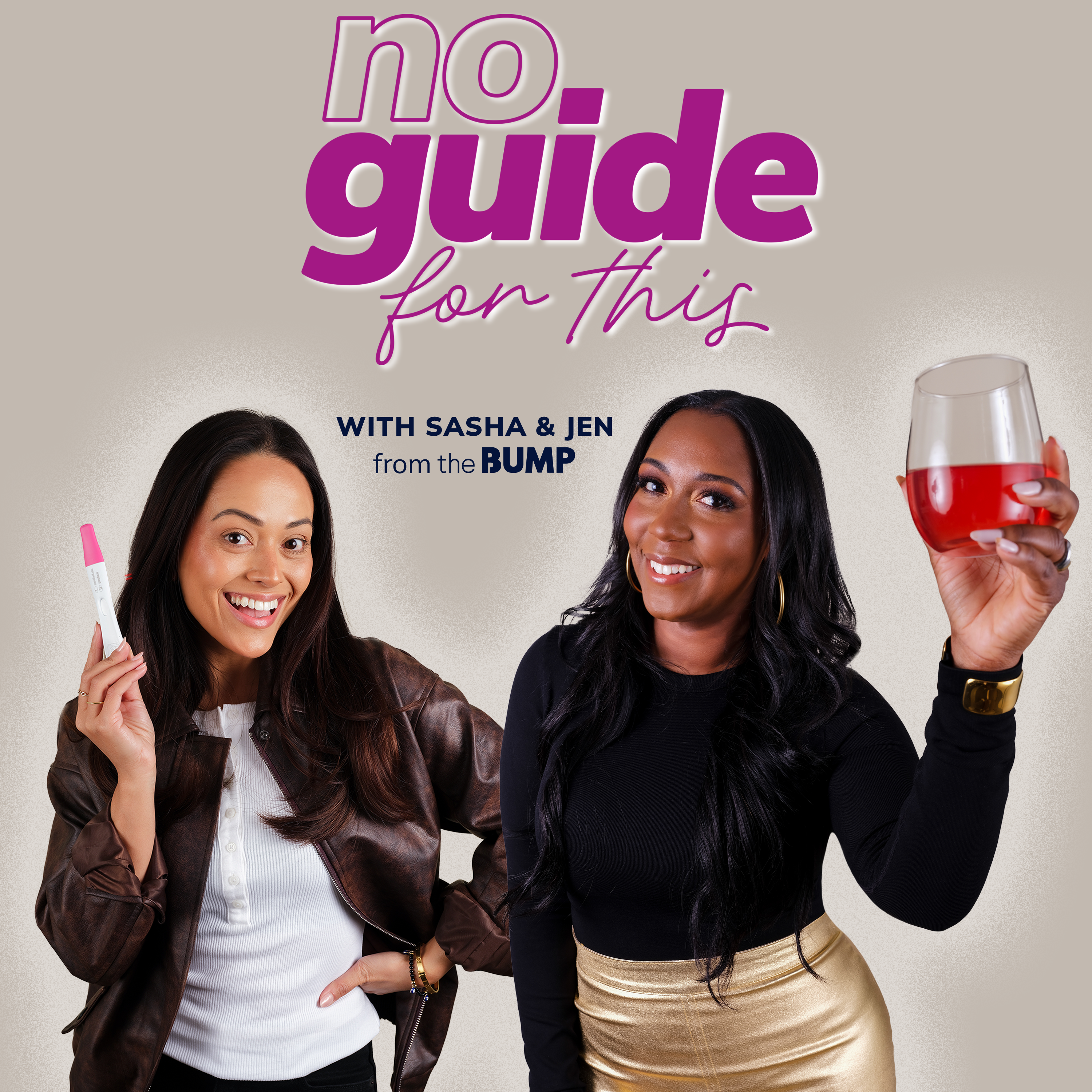

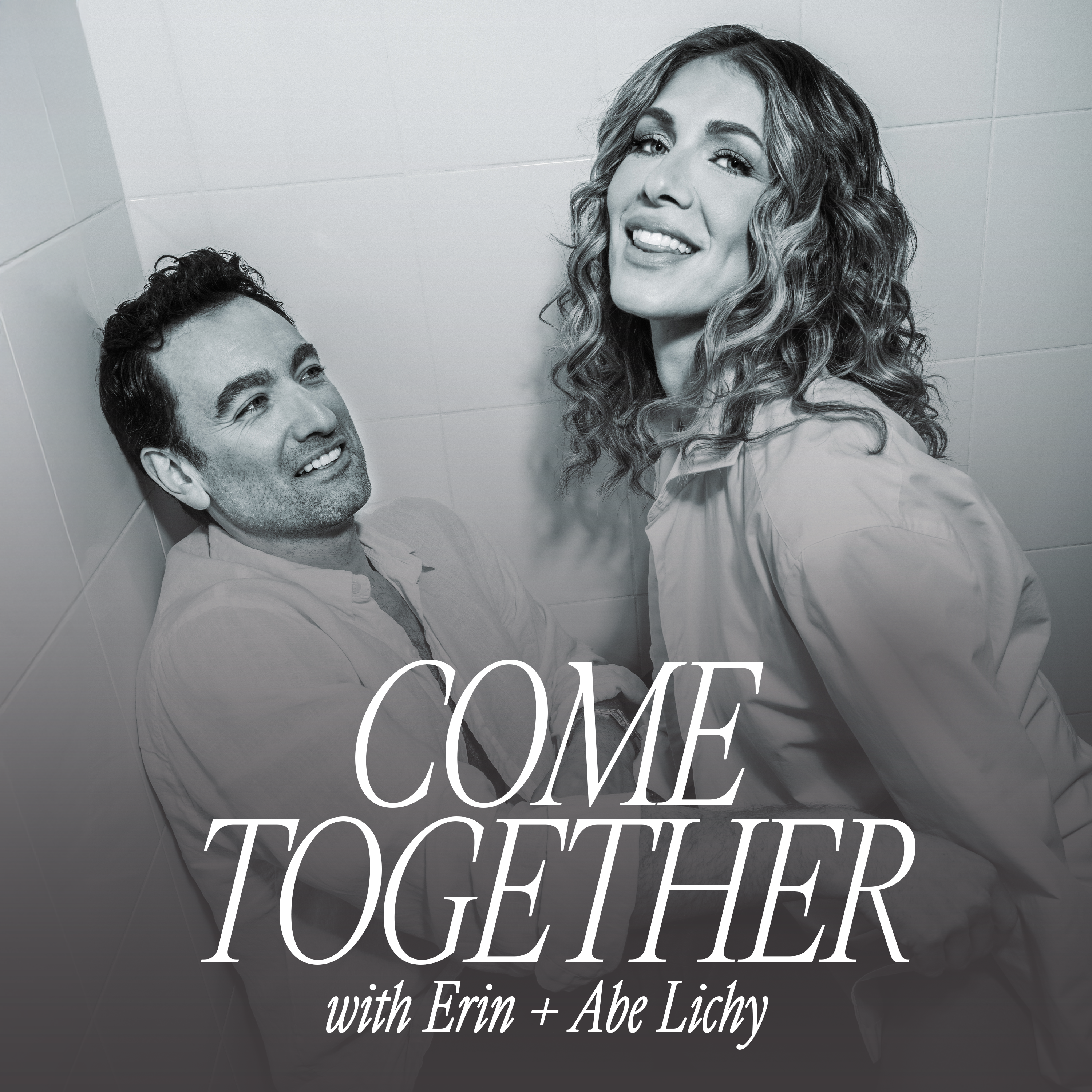
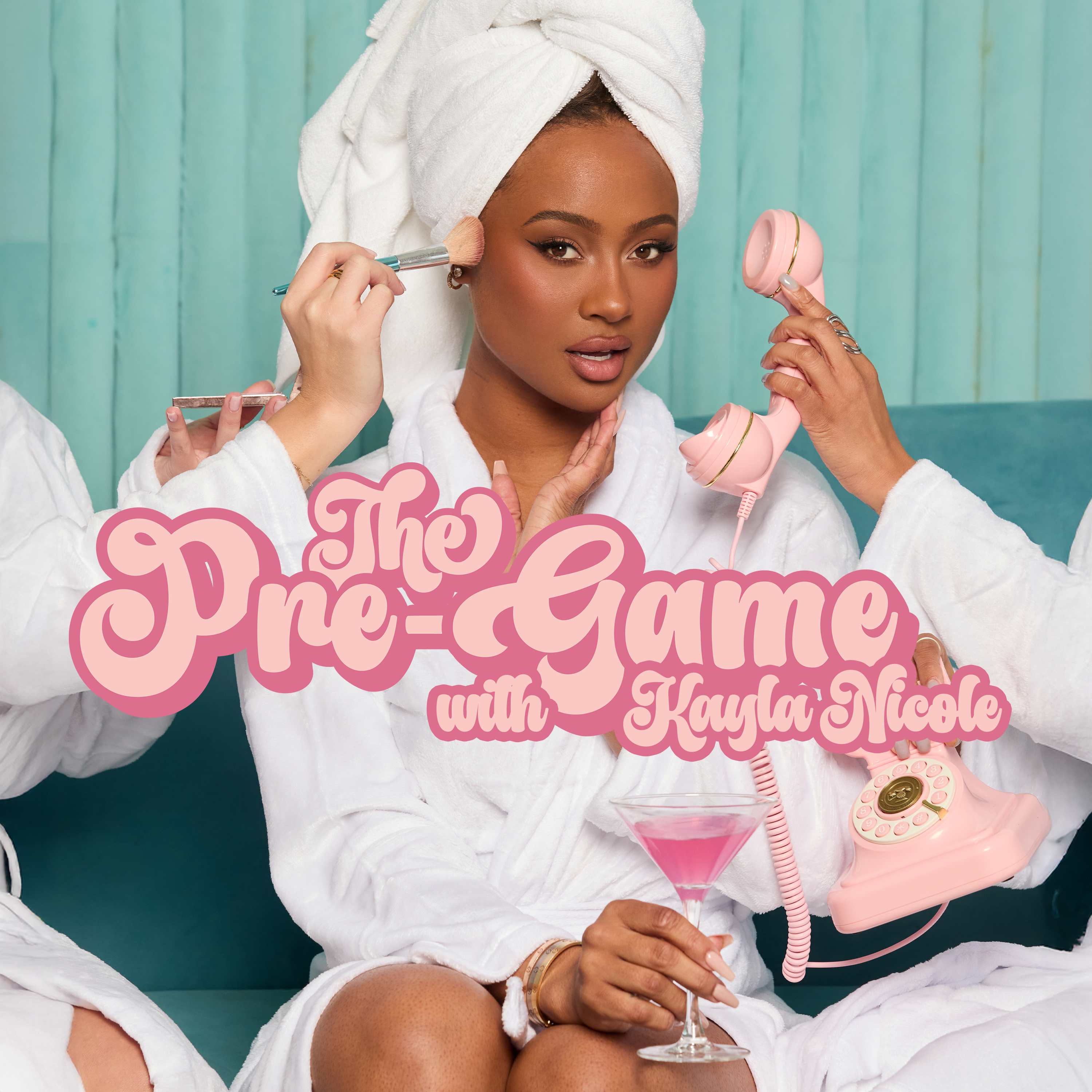

Leave a Reply